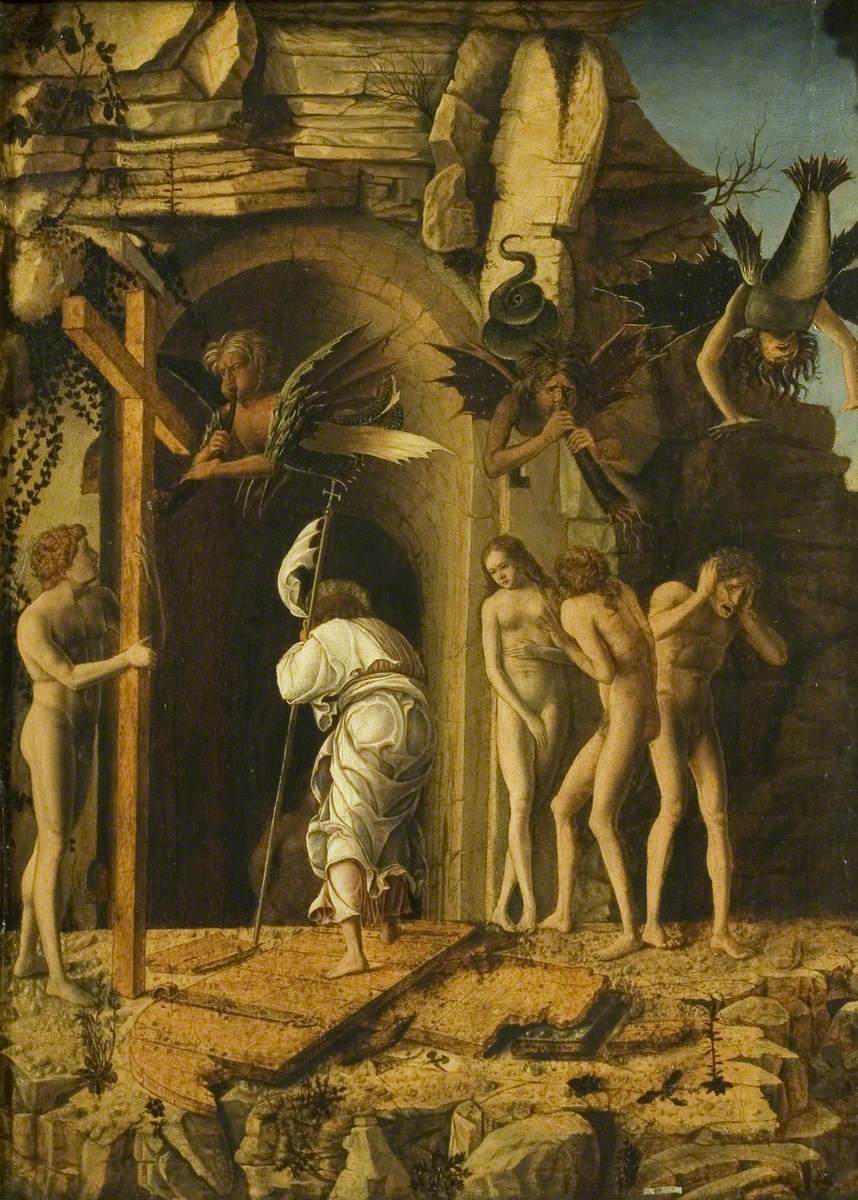

Edward Waldo Forbes, Yankee Visionary, Fogg Art Museum (Cambridge, MA, 1971), p.cat., Harvard University (Cambridge, MA, 1965), p. Sachs : given and bequeathed to the Fogg Art Museum, Harvard University, Cambridge, Massachusetts, exh. 5, repr.Īgnes Mongan, Memorial Exhibition: Works of Art from the Collection of Paul J. The Metropolitan Museum of Art, Loan Exhibition of the Arts of the Italian Renaissance, exh. Bates, "Archaeological News: Notes on Recent Excavations and Discoveres Other News", American Journal of Archaeology (January - March 1918), Vol. George Harold Edgell, "The Loan Exhibition of Italian Paintings in the Fogg Museum, Cambridge", Art and Archaeology (July - December 1915), Vol. To request a higher resolution file of this image, please submit an online request. Forbes"Įuropean and American Harvard Art Museums encourage the use of images found on this website for personal, noncommercial use, including educational and scholarly purposes. Sachs, "A testimonial to my friend Edward W. Harvard Art Museums/Fogg Museum, Gift of Paul J. The 8th Earl of Northesk was a connoisseur who lived in the Palazzo Poli in Rome for about twenty years. Sachs, Cambridge, 1915, gift to Fogg Art Museum, 1922.ġ. 1860, by inheritance to his son George John Carnegie, 9th Earl of Northesk, sold? to R. Purchased by William Hopetoun Carnegie, 8th Earl of Northesk, Rome, c. View this object's location on our interactive map Level 2, Room 2500, European Art, 13th–16th century, Art and Image in Europe 1400-1450)Ĭreation Place: Europe, Italy, Tuscany, Siena Previously attributed to Sassetta, Italian (c. Master of the Osservanza, Italian (active c. Here they may be the older men being drawn to the luminous glow of the resurrected Christ. In La resurrezione (The Resurrection), a fourteenth-century poem by Niccolò Cicerchia, Christ storms through hell, helping the three patriarchs - Adam, Abel, and Noah - to escape. Predellas devoted to the Passion were not uncommon, but the depiction of the Descent into Limbo is unusual and may relate to a Sienese literary source. They form one of the artist’s most important narrative cycles and are among the most remarkable Sienese paintings of the fifteenth century. Although the altarpiece from which it comes was dismantled and is now difficult to reconstruct accurately, all five scenes from its predella survive. It belongs to the predella, or lower register, of a similar altarpiece that presents episodes from the Passion of Christ. This panel is by the Master of the Osservanza, named after a large altarpiece in the church of the Osservanza outside of Siena.


 0 kommentar(er)
0 kommentar(er)
